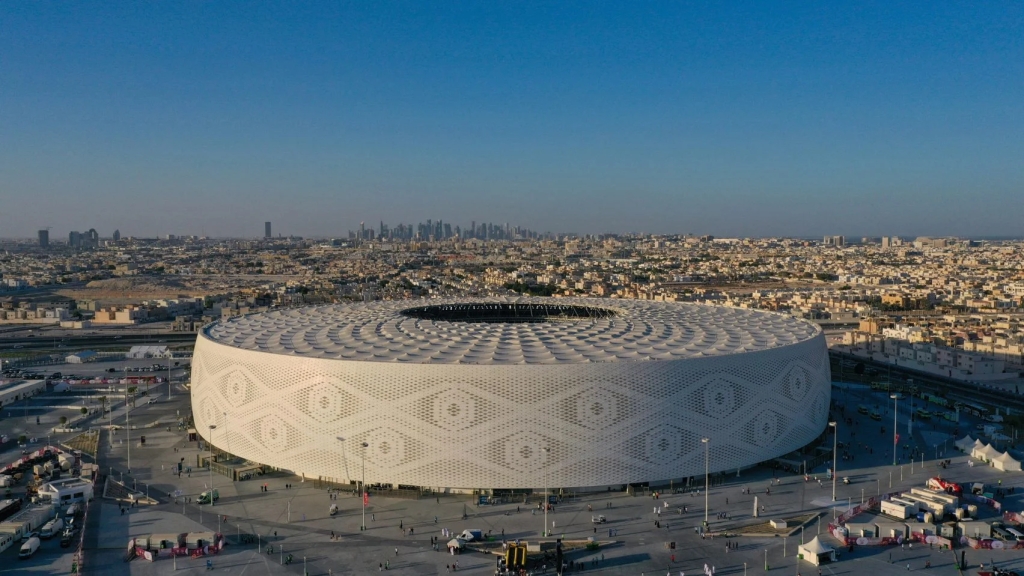
By Anders Lorenzen
The announcement by FIFA, the world’s governing football body, that the 2022 World Cup held in Qatar will be the greenest ever should be taken with a pinch of salt experts have said.
Major sporting events like the World Cup and the Olympics always claim that their next event will be the greenest ever as institutions like the IOC and FIFA are held accountable for their emissions. Still, the reality is that how green events are, very much depends on how emissions are calculated.
The total emissions of the 2022 Qatar World Cup can be divided into three categories.
- The emissions related to preparing for the tournament inc the infrastructure investments such as the construction of stadiums, roads and other public areas
- The hosting of the tournament, inc accommodation, catering and travel for teams, supporters, national ambassadors, FIFA and media.
- The aftermath/legacy ounce on how to repurpose the infrastructure.
Energy and carbon footprint
The energy and money spent on hosting a World Cup in Qatar have been unprecedented.
Due to the heat challenges in the Gulf, extensive air conditioning systems have been required to keep the stadiums cool. And as Qatar’s energy system is mainly fossil fuel-based, the emissions per unit of energy used are considerably higher than they would have been in most other countries. The official estimates are that the Qatar World Cup will emit 3.6 million tons of CO2 – hardly the carbon-neutral event the organisers have claimed it is. This is over twice the amount of emissions of the previous World Cup which was hosted in Russia.
Some experts even suggest that the 3.6 million tons of CO2 figure is inaccurate and the result of dubious calculation methods.
Furthermore, the attempts to offset the emissions have been seen by many as blatant greenwashing on the basis that emissions have been released they can’t be ‘unreleased’ in the here and now – for instance, if offsetting is done via a contribution to a tree planting project, trees would have to reach a mature age of 20-30 years before they will begin to remove CO2 out of the atmosphere.
There’s no doubt that the organisers have made some genuine efforts to reduce emissions, but this does not mean the World Cup can credibly be called a green sporting event; ultimately it is far from carbon-neutral and would have been infinitely sustainable had it not been hosted in the middle of a desert region.
Qatar is one of the world’s largest natural gas exporters.
Categories: emissions, Sports, sustainability, The Gulf
31 replies »